A conveyor carries materials using either mechanical or pneumatic methods. Mechanical conveyors have been used for decades in industrial and commercial facilities. These simple be effective machines have a belt that is moved by a set of wheels that are powered by a motor. Any materials that come in contact with this belt while it is in motion are transported across the lengths of the conveyor. A mechanical conveyor can have notches in it to catch larger particles of material when transporting it at an angle. Conveyors can be installed perpendicular to each other in such a way that the materials fall from one conveyor to the next, accomplishing a 90 degree shift in direction. Eventually, the conveyor empties the bulk materials into a bin or hopper for storage or packaging.
Pneumatic conveyors operate using a very different principle. Rather than creating movement using motorized wheels that propel a belt, a pneumatic conveyor creates a pressurized vacuum that sucks materials through a fully enclosed tube at high speeds. This creates a much faster transfer and limits the amount of dust that is created by the bulk material particles. However, pneumatic conveyors cannot be used for heavy materials like coal since the particle weight and average cluster size is too much for a pneumatic system. A pneumatic conveyor can be cleaned between uses by flushing a cleaning solution through the system since it is fully enclosed. For materials with the right density and particle size, pneumatic conveying can result in major time and floor space savings.
Material transfer solutions are usually customized to meet the needs of the space that they are installed in. In some facilities, square footage is very limited so a system needs to maximize each foot that is available. In other applications, space is not an issue but the transfer method should be carefully chosen based on the material being handled. In the mining industry, mechanical conveyors are used for certain parts of the processes, but rail carts are also very important to material movement. Rail carts can quickly move large portions of bulk material all at once, and they can also be adapted to work with transfer stations. These special mining transfer stations secure the rail cart and flip it over to dump the contents into a bin. The empty cart then returns down the track to be loaded again at the extraction point.
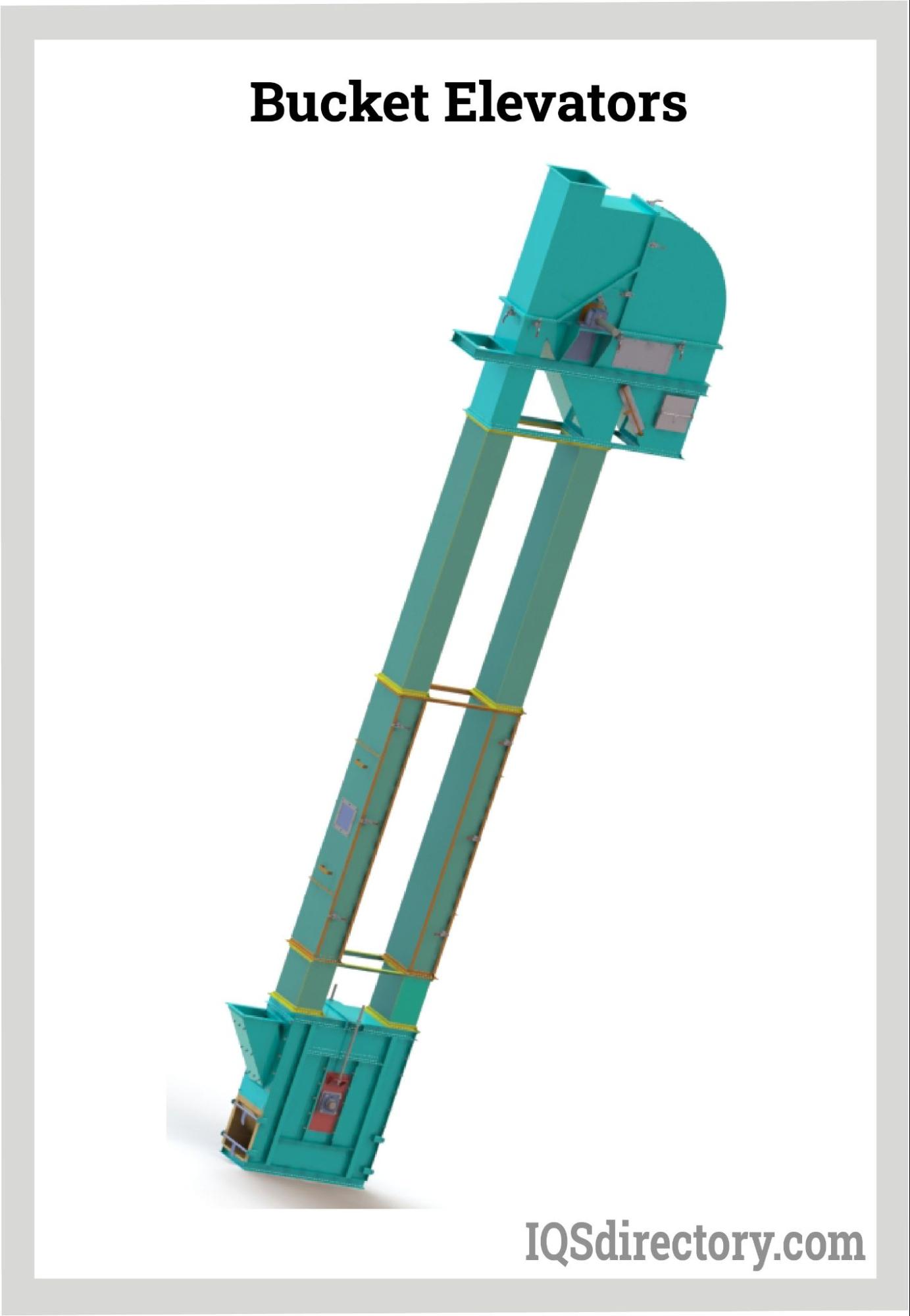
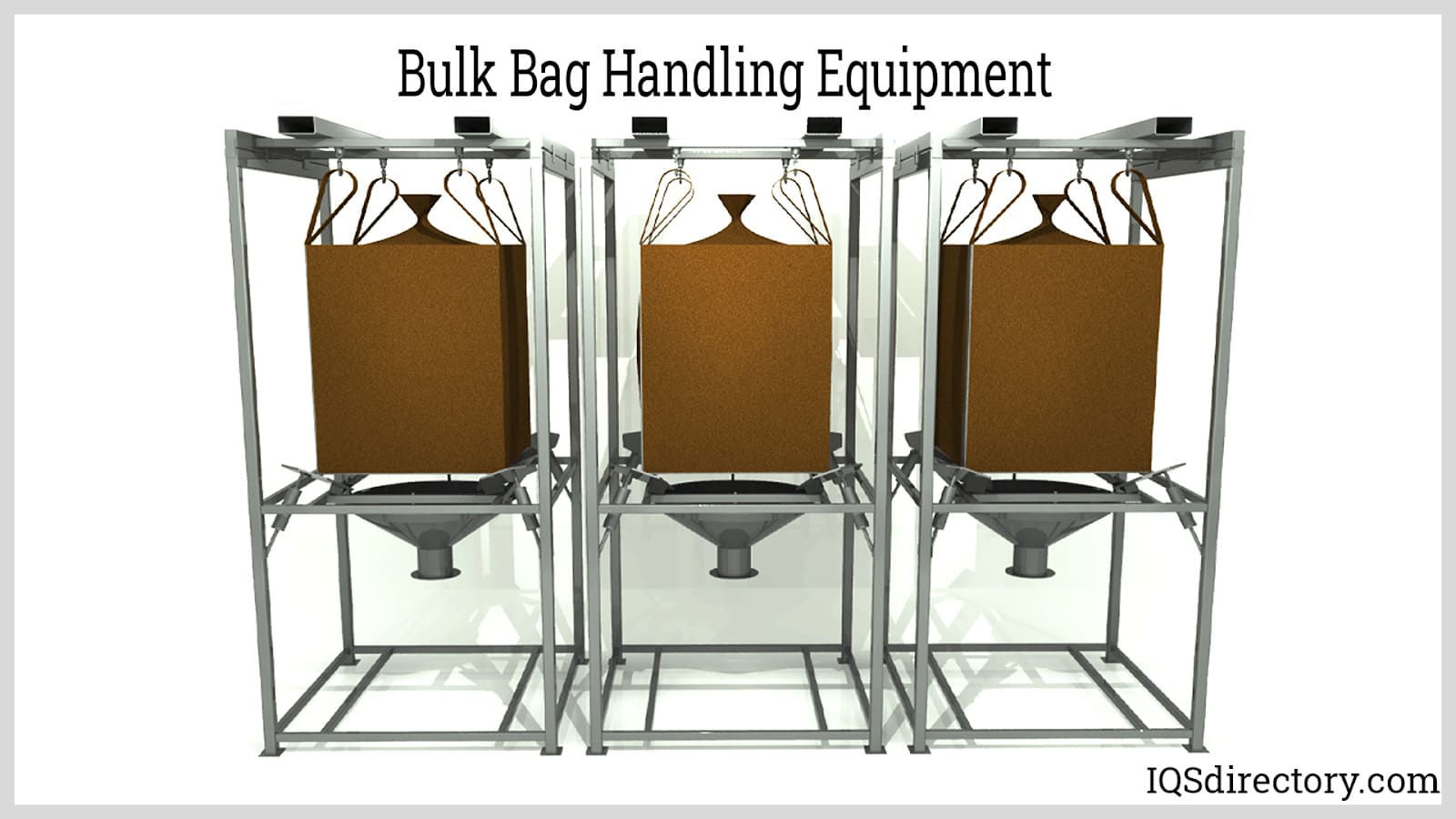
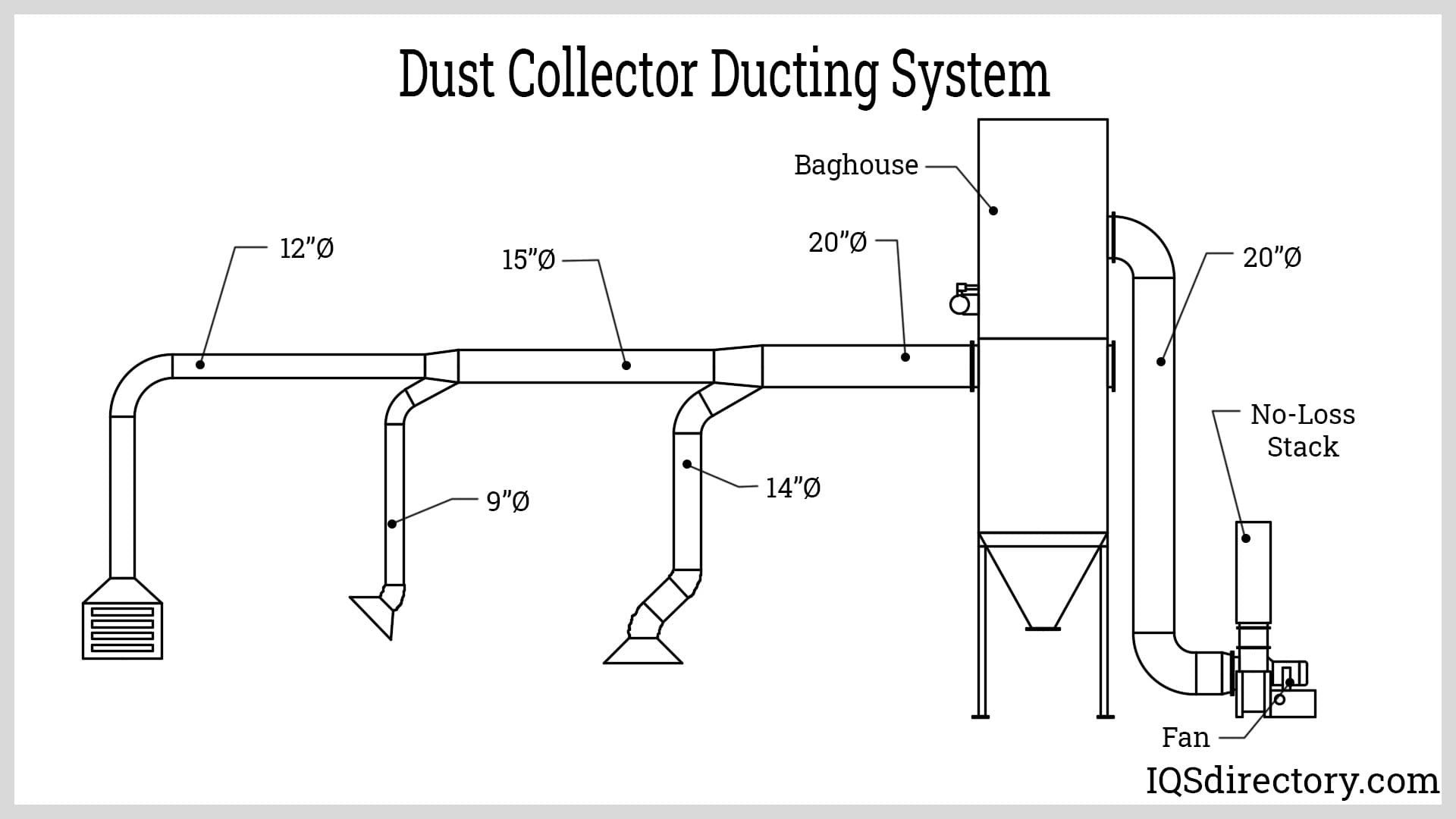
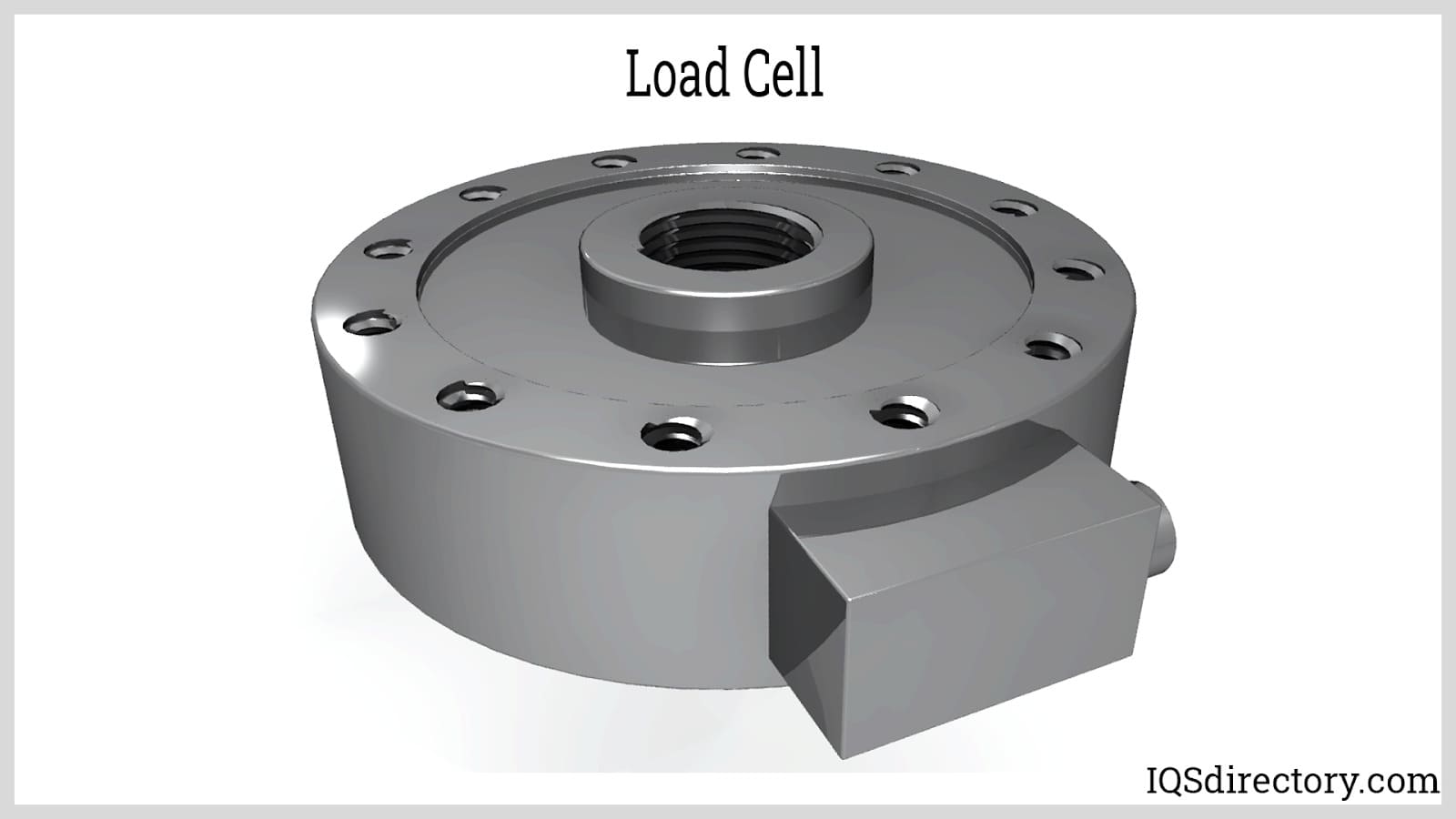
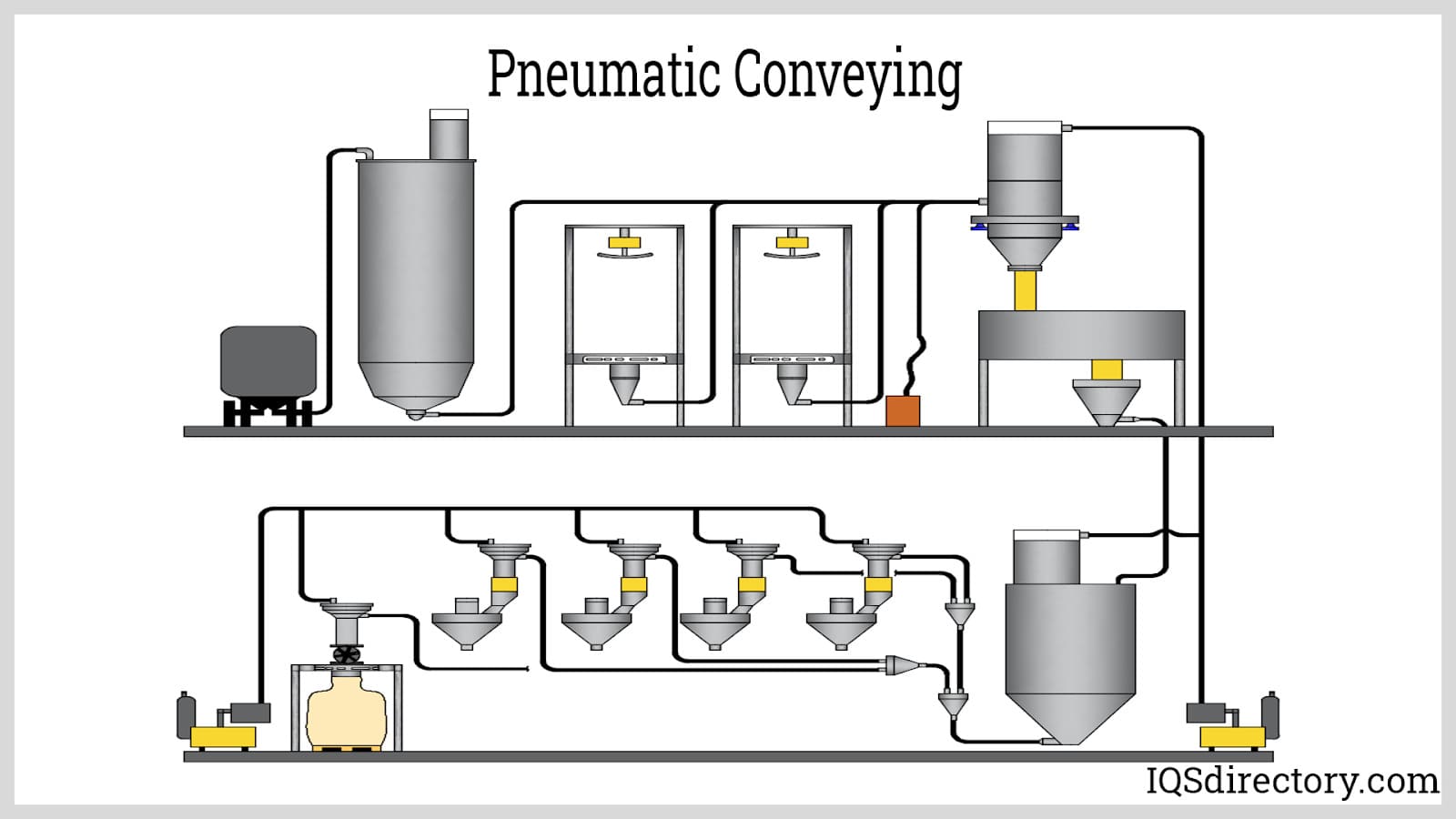
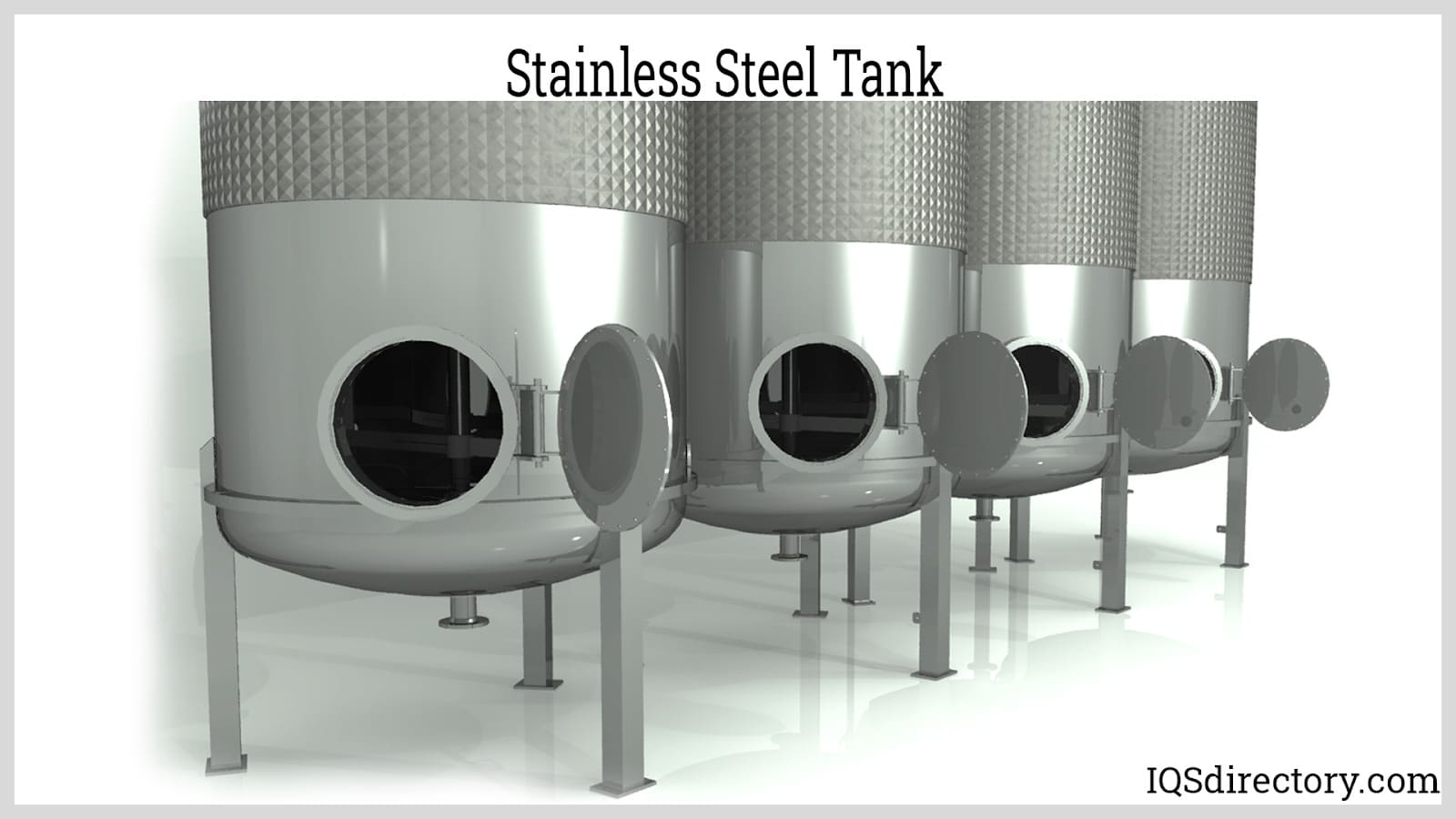
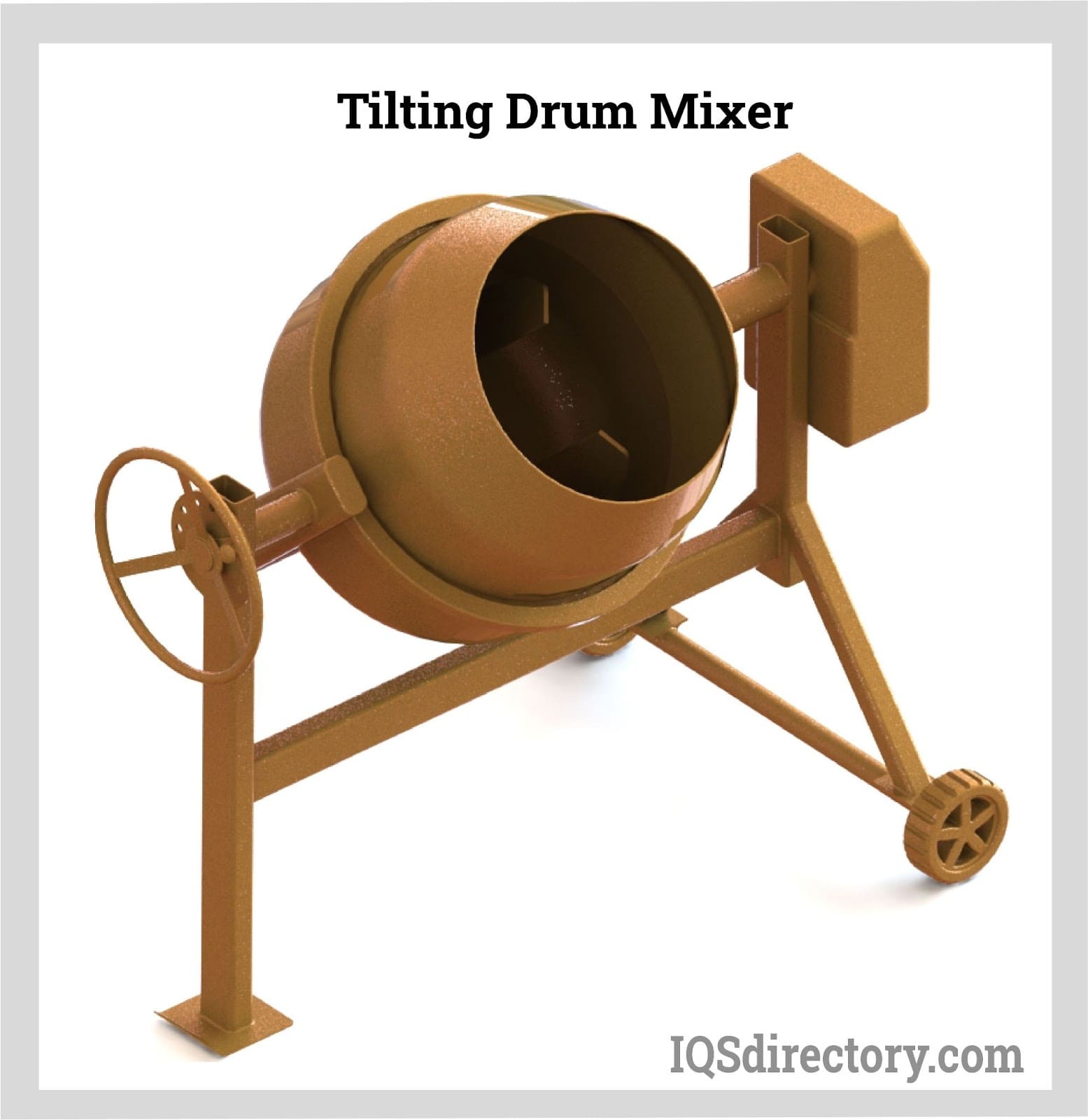
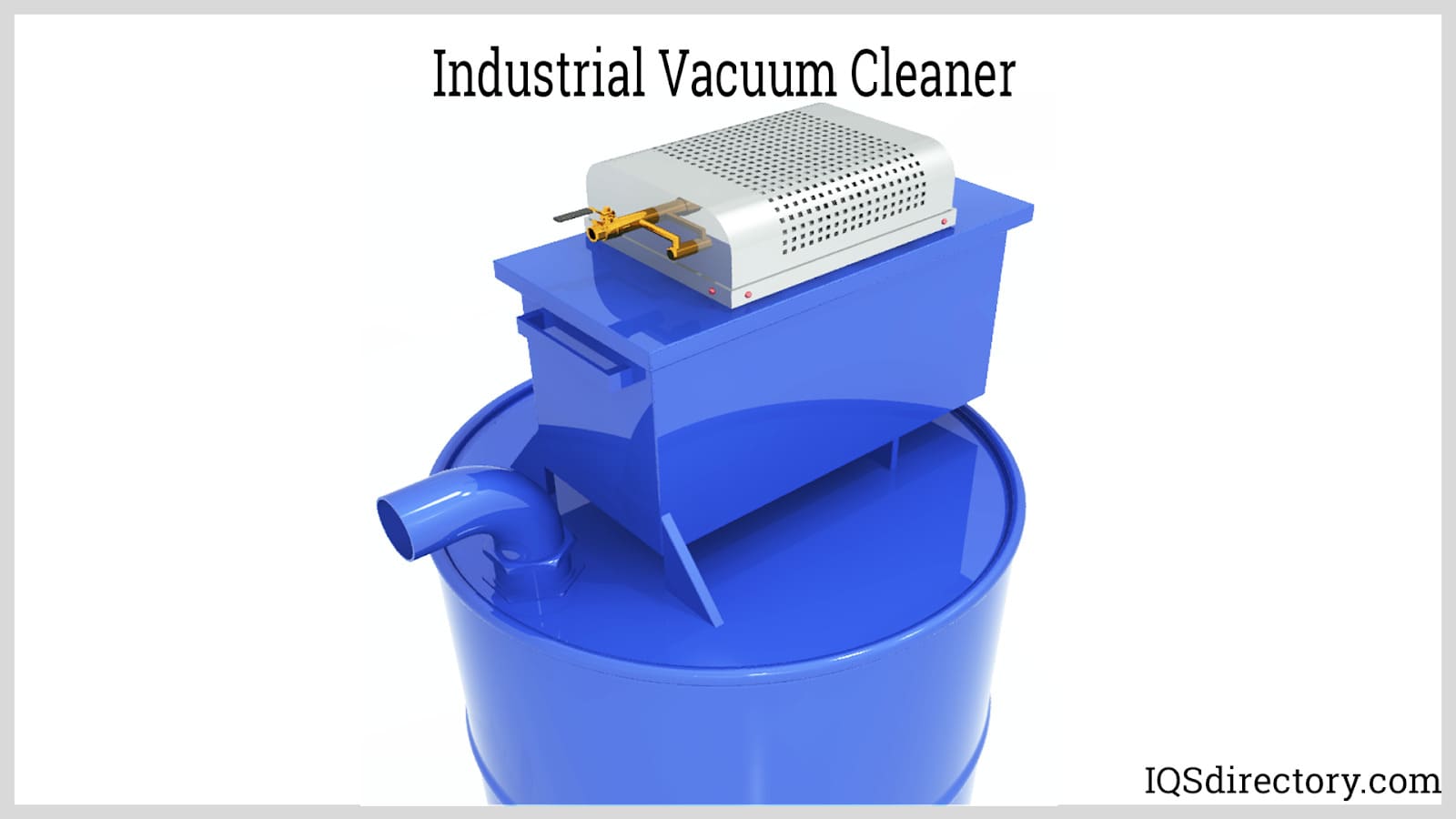

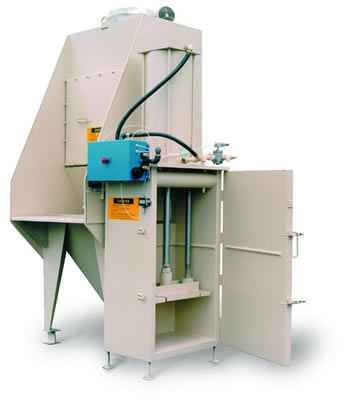 Bulk Bag Handling
Bulk Bag Handling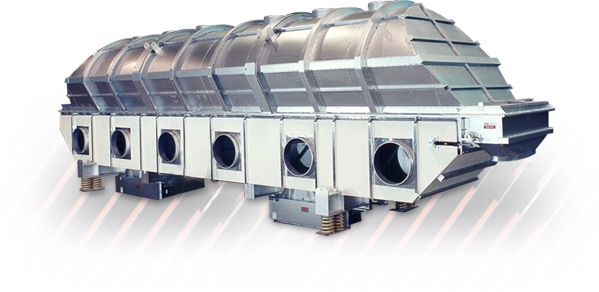 Industrial Dryers
Industrial Dryers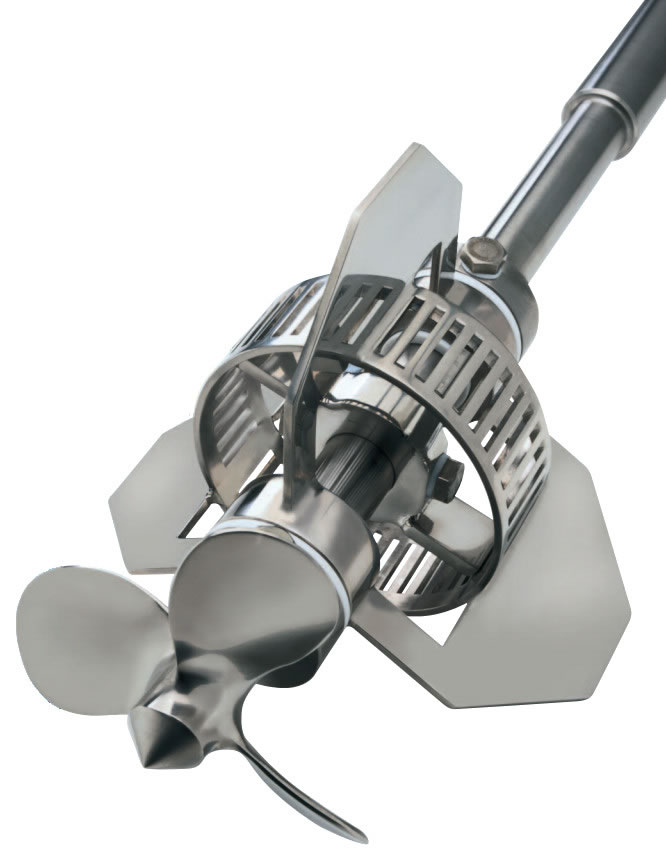 Industrial Mixers
Industrial Mixers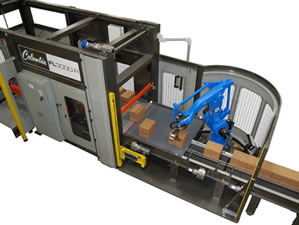 Palletizers
Palletizers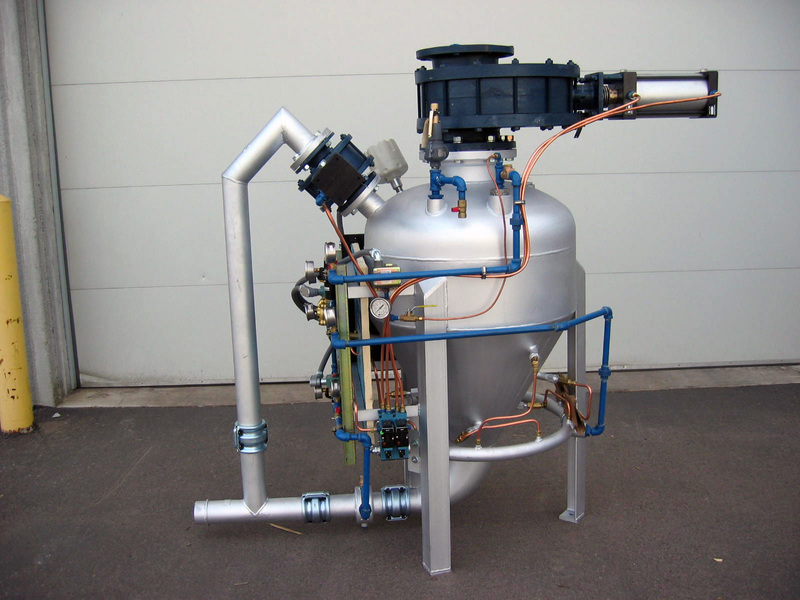 Pneumatic Conveyors
Pneumatic Conveyors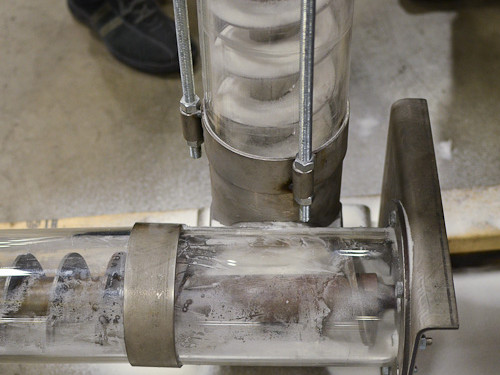 Screw Conveyors
Screw Conveyors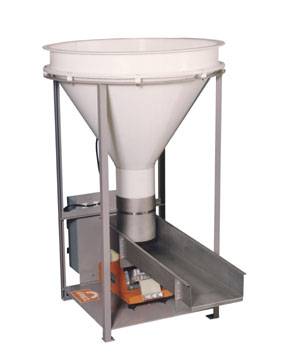 Vibratory Feeders
Vibratory Feeders Weighing Systems & Scales
Weighing Systems & Scales Castings & Forgings
Castings & Forgings Bulk Material Handling
Bulk Material Handling Electrical & Electronic Components
Electrical & Electronic Components Flow Instrumentation
Flow Instrumentation Hardware
Hardware Material Handling Equipment
Material Handling Equipment Metal Cutting Services
Metal Cutting Services Metal Forming Services
Metal Forming Services Metal Suppliers
Metal Suppliers Motion Control Products
Motion Control Products Plant & Facility Equipment
Plant & Facility Equipment Plant & Facility Supplies
Plant & Facility Supplies Plastic Molding Processes
Plastic Molding Processes Pumps & Valves
Pumps & Valves Recycling Equipment
Recycling Equipment Rubber Products & Services
Rubber Products & Services